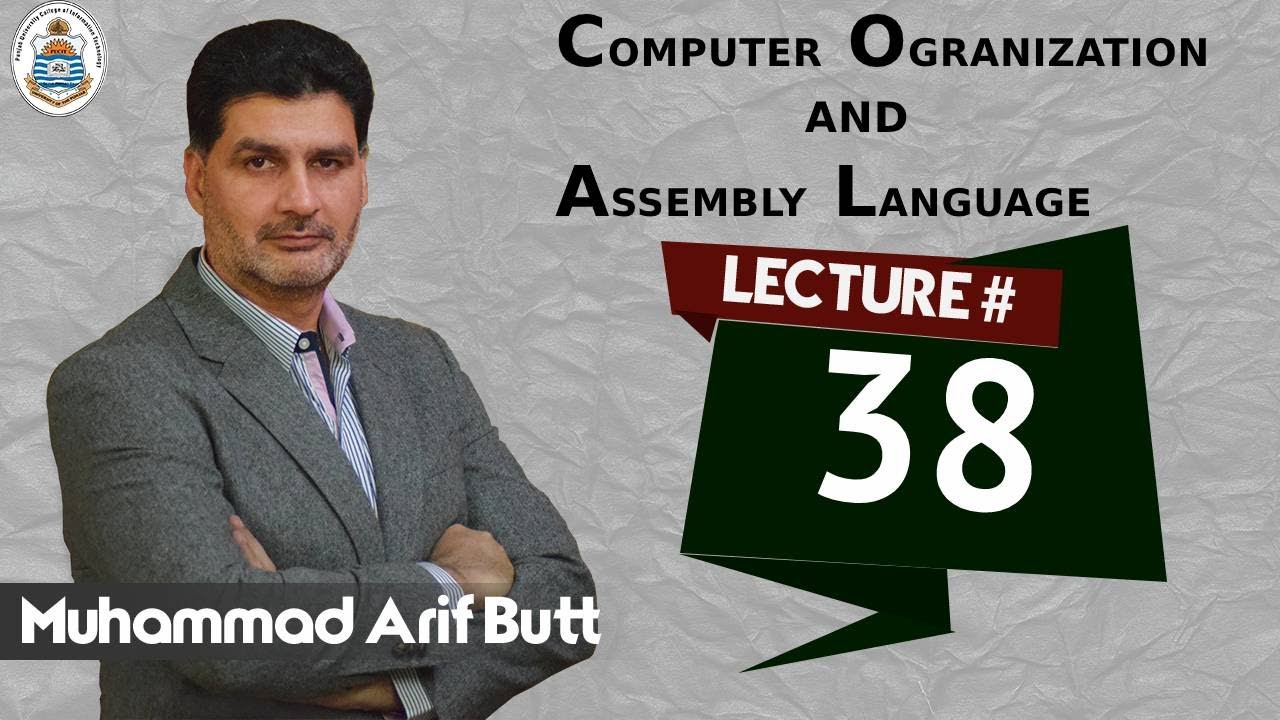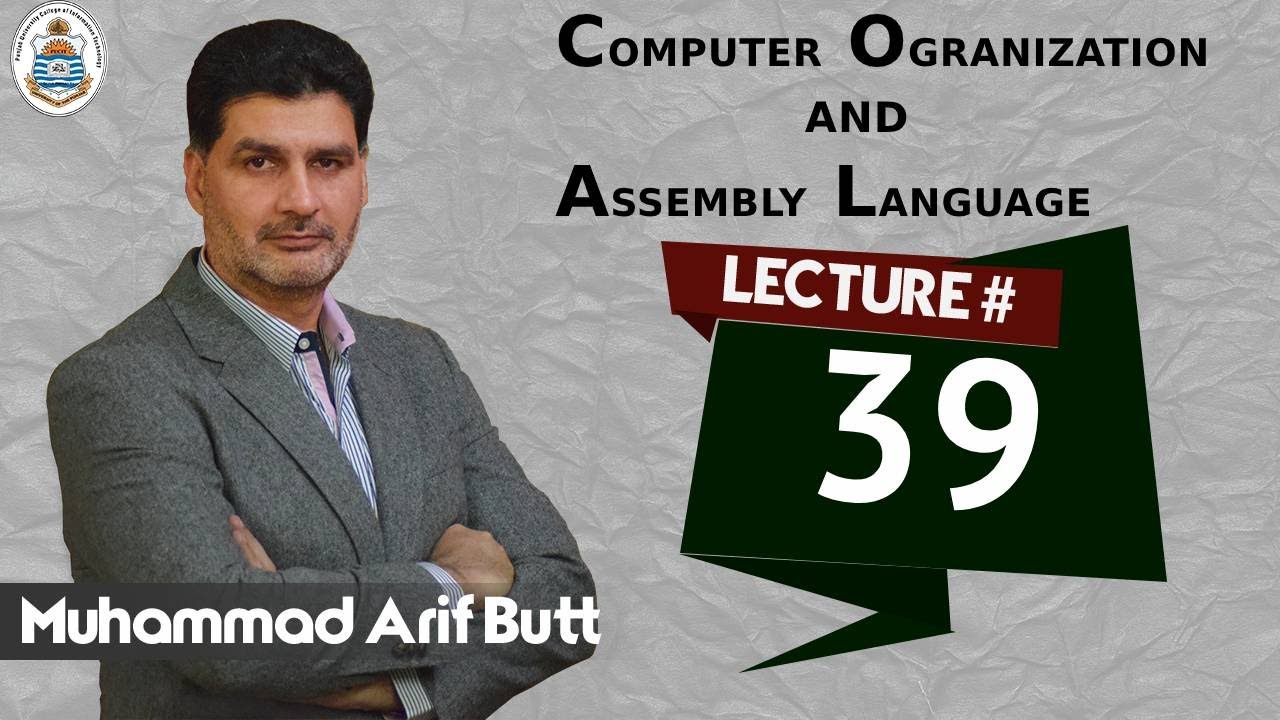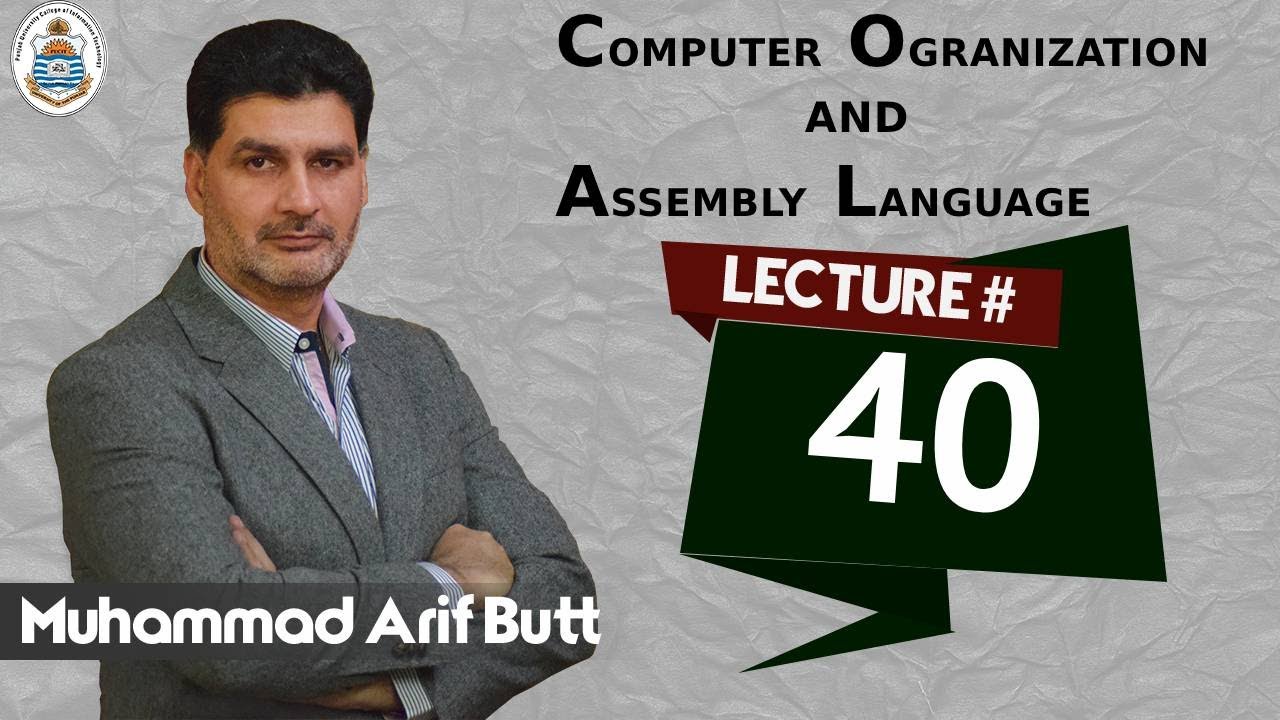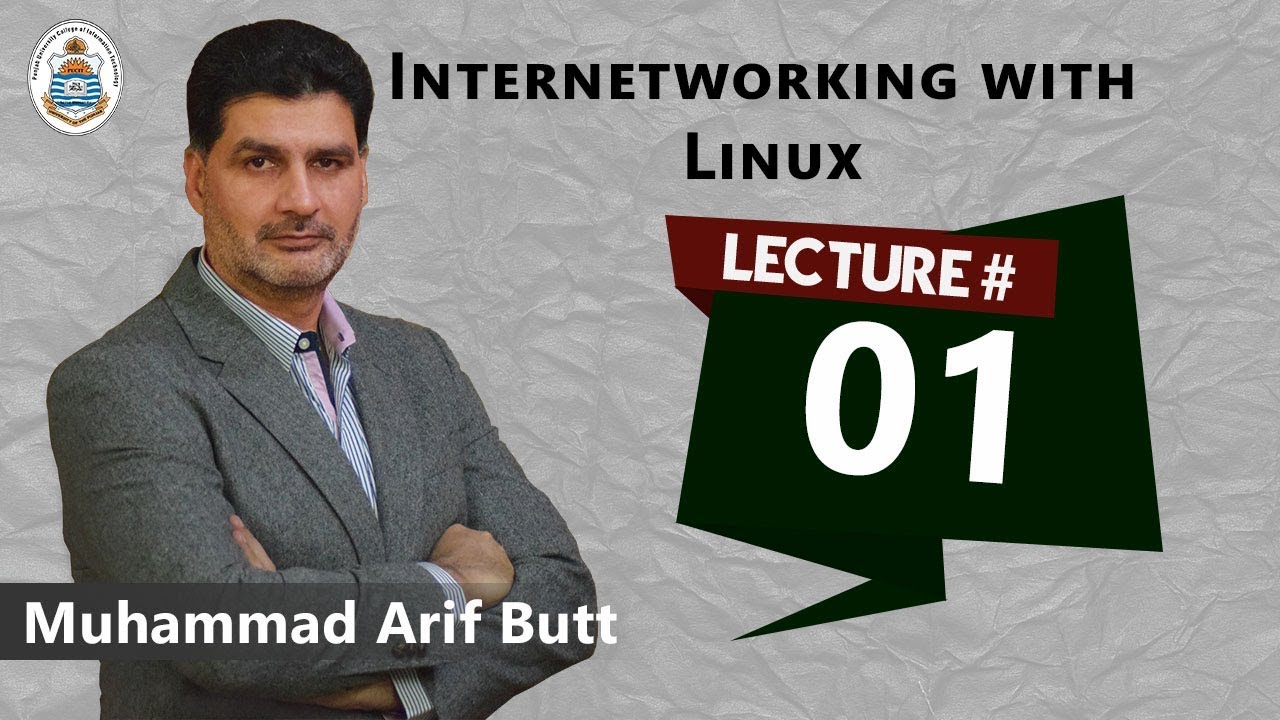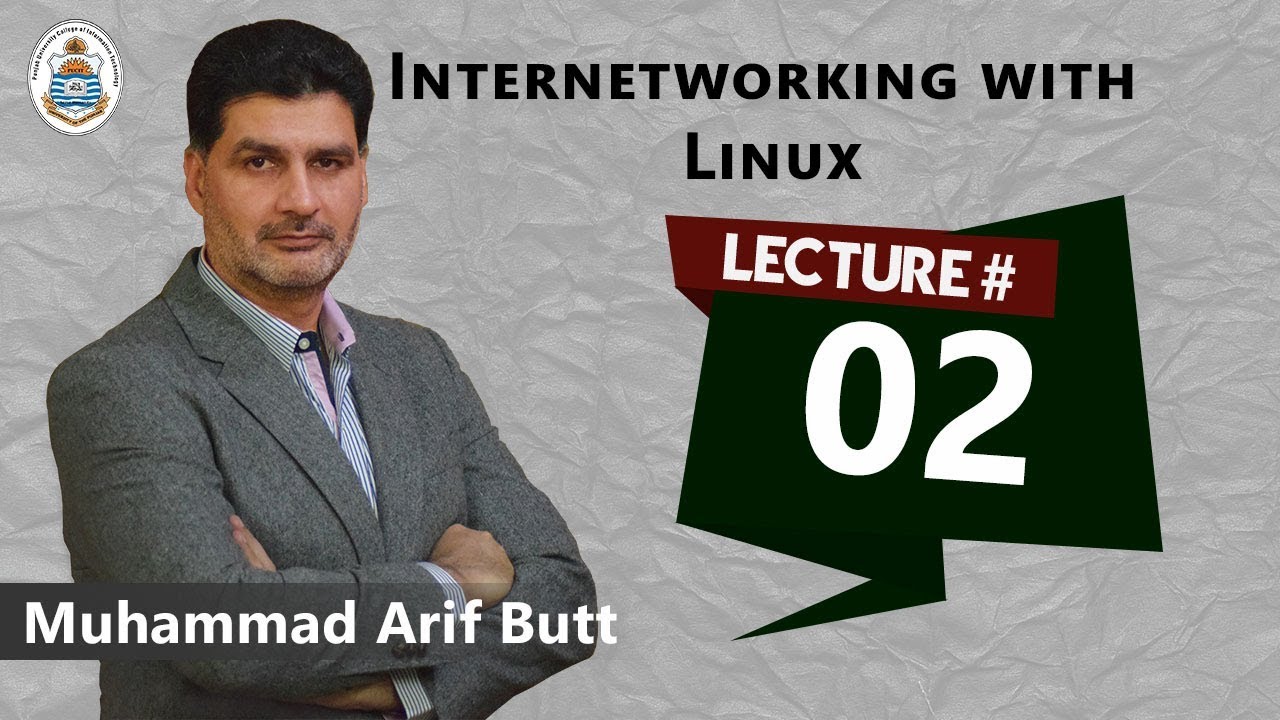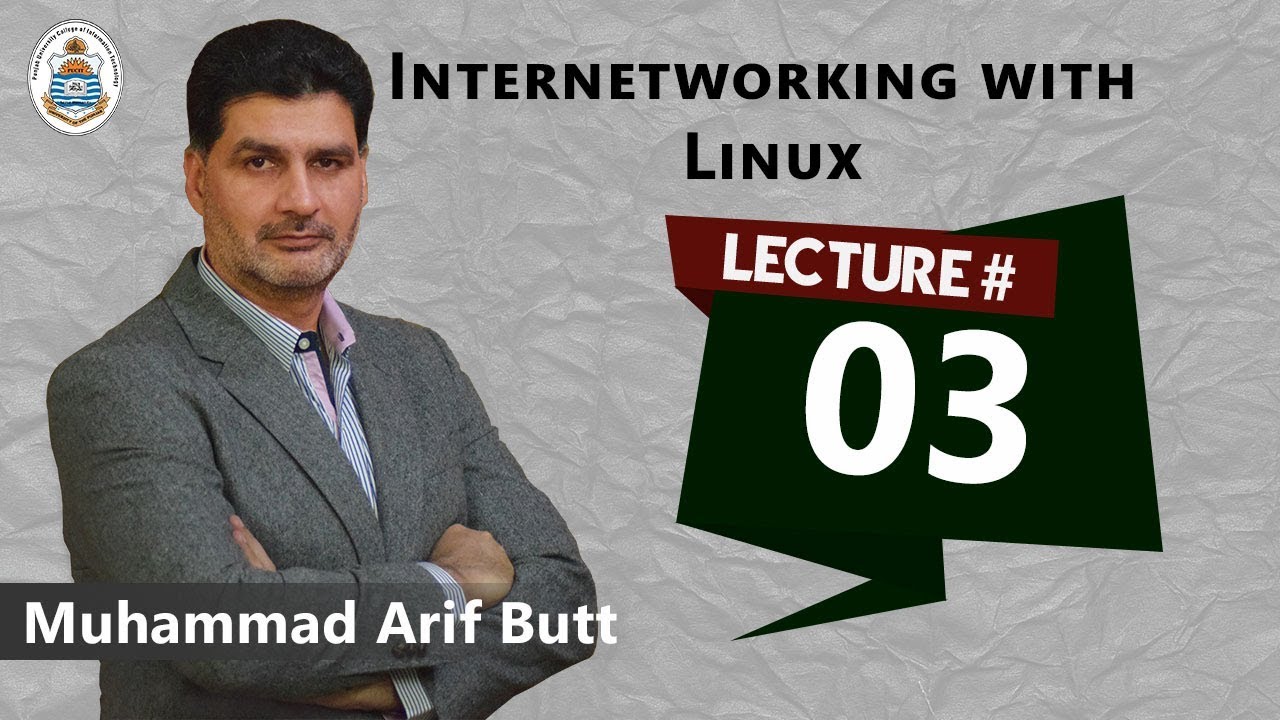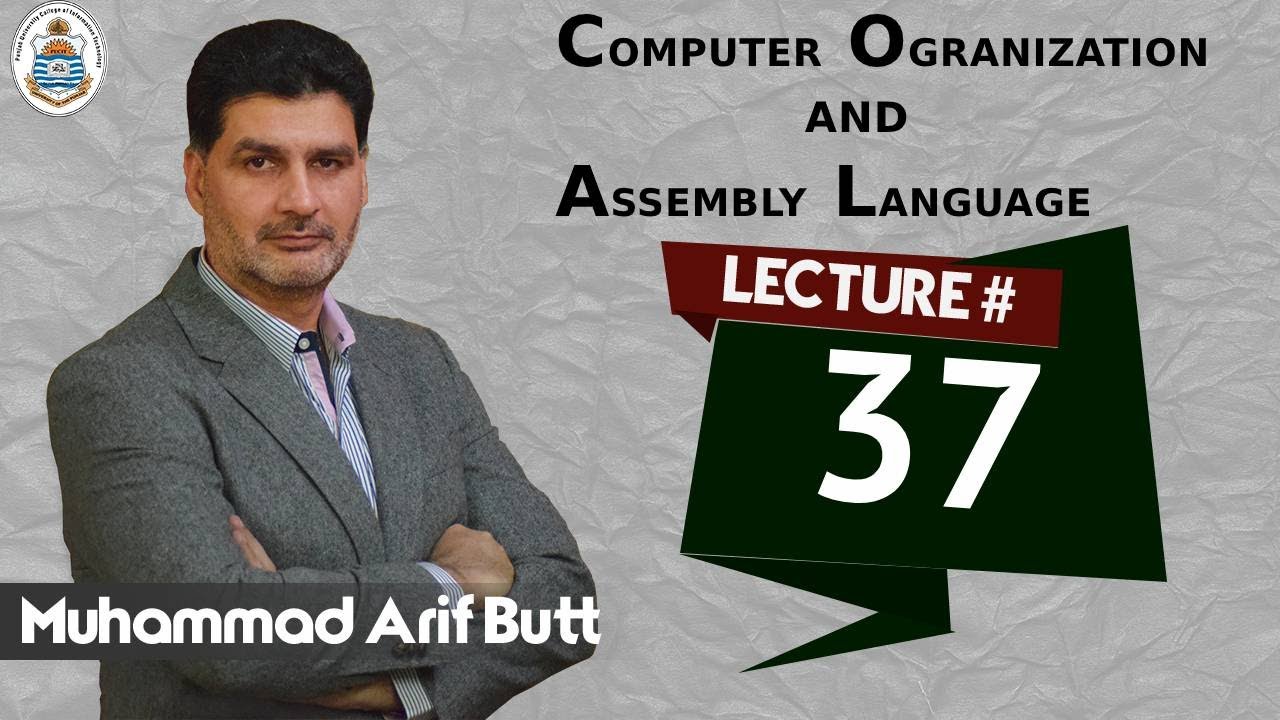
Lec 37 Logical Instructions (Arif Butt @ PUCIT)
A recap of x86-64 register set and the programming toolchain. Summary of major categories of x86-64 instructions. A practical demo on the use of and, or, not, xor, and test instructions. A discussion on how the flags are affected after these logical instructions.
Email: arif@pucit.edu.pk
Sample Codes/Resources: https://bitbucket.org/arifpucit/coal-repo/src/
